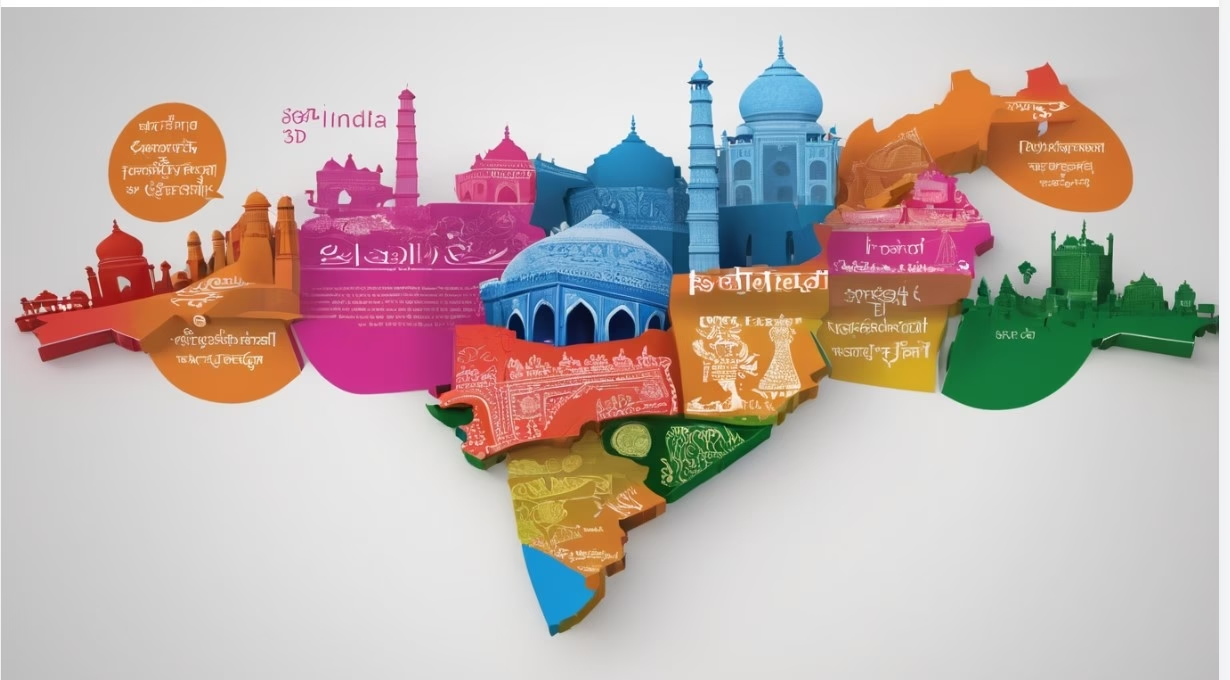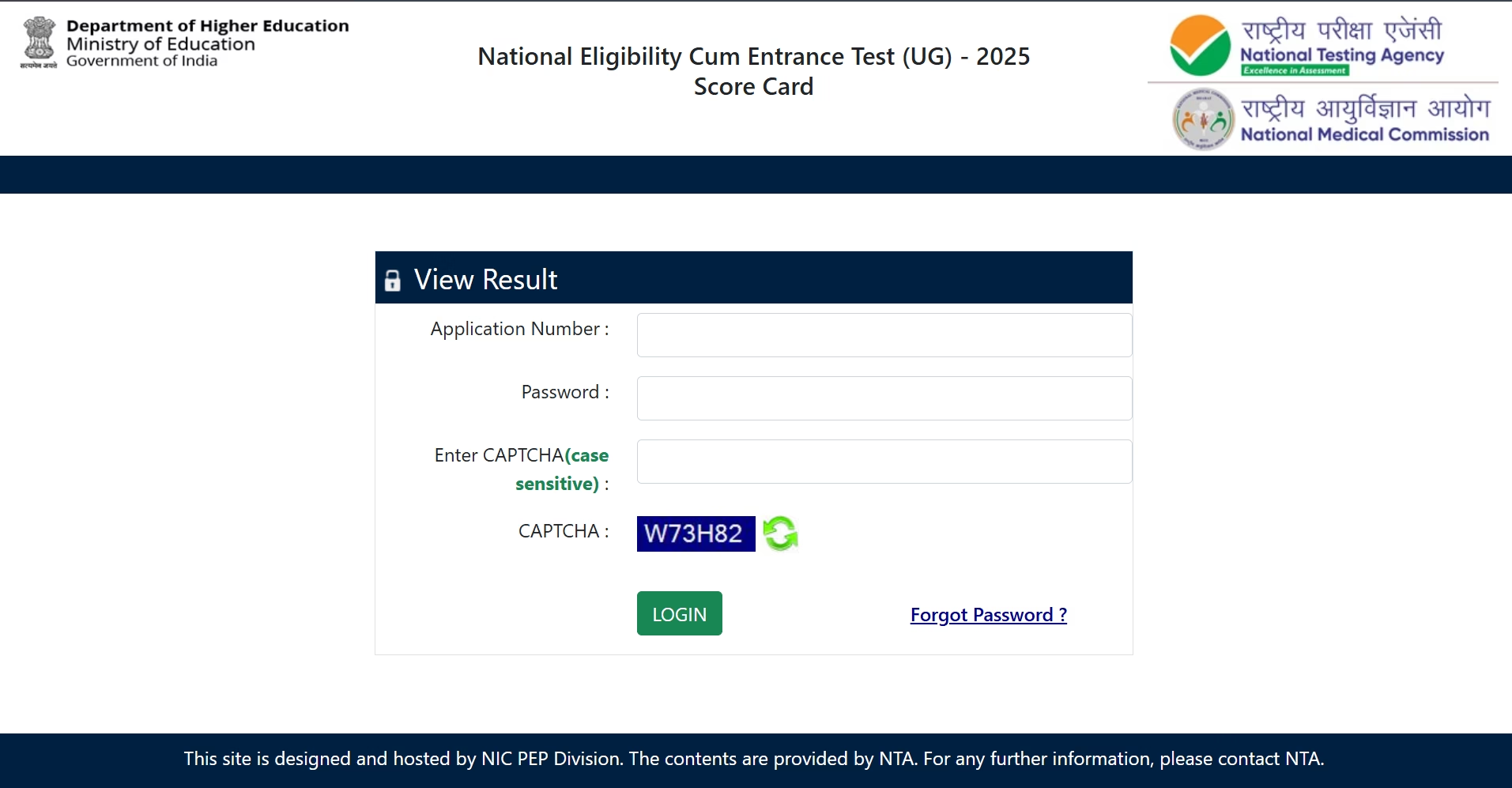
India is a nation of languages—over 22 official languages and more than 19,500 dialects are spoken across the country. This linguistic richness is not just a cultural treasure, but a living identity of communities. Yet, many regional languages are fading away. This is where Language Protection Policies become more than just government frameworks—they are urgent lifelines to preserve India’s heritage.
Table of Contents
- Introduction
- What Are Language Protection Policies?
- Why Indian States Need Them
- Current Challenges
- Public Opinions & Cultural Importance
- Legal Framework and Examples
- Steps States Can Take
- Conclusion
Introduction
Languages carry stories, identity, and heritage. But in modern India, rapid urbanization, migration, and the dominance of English and Hindi have endangered several native tongues. From Bhojpuri to Tulu, these languages need formal support. That’s where Language Protection Policies step in—to safeguard our linguistic soul before it’s lost.
What Are Language Protection Policies?
Language Protection Policies are legal and administrative measures aimed at preserving, promoting, and developing languages—especially those that are minority or endangered. These policies can include:
- Mandating language education in schools
- Funding research and documentation
- Creating public service content in regional languages
- Supporting native language literature and media
These efforts ensure languages are not just spoken but thrive through generations.
Why Indian States Need Them
Every Indian state boasts its own language ecosystem. While some like Tamil, Bengali, and Kannada have strong official status, others—like Gondi, Kumaoni, or even Konkani—are slowly fading. Without active Language Protection Policies, these languages risk extinction.
Take Telangana, where the native script of Telugu is being overshadowed by Romanized texting. In Maharashtra, tribal languages are disappearing as urbanization increases.
States must act now to:
- Prevent language erosion
- Promote inclusivity in governance and education
- Preserve cultural uniqueness for future generations
Current Challenges
Despite the need, several challenges block the path of language preservation:
- Lack of funding for documentation and promotion
- Limited inclusion of regional languages in education
- Urban bias, where parents shift to English medium schools
- Technological gap, where content creation in native languages is minimal
These challenges make it difficult for lesser-spoken languages to survive in a digital-first, fast-paced society.
Public Opinions & Cultural Importance
For many communities, language is deeply tied to their pride and roots. Losing it feels like losing part of their identity.
Movements in states like Karnataka have long pushed for Kannada rights and local language pride. Similar sentiments are echoed in Tamil Nadu, where policies have historically favored Tamil preservation, even resisting national impositions of Hindi.
When governments support local languages, it nurtures self-worth, creativity, and inclusion among citizens.
Legal Framework and Examples
India’s Eighth Schedule recognizes 22 official languages. However, many native languages are still unlisted.
Examples of language protection efforts include:
- Tamil Nadu’s two-language policy, which resists Hindi imposition
- Nagaland’s efforts to introduce local dialects into early education
- Goa’s promotion of Konkani through media and public events
Yet, many such efforts remain scattered and underfunded. A national framework could encourage states to take consistent action.
Steps States Can Take
To implement effective Language Protection Policies, Indian states should:
- Include regional languages in early education curriculums
- Digitize local literature and stories
- Promote local language content across social media and OTT platforms
- Fund research and preservation of oral histories
- Create public campaigns celebrating local languages
Collaboration with NGOs, artists, linguists, and technologists can amplify these efforts.
Conclusion
India’s strength lies in its diversity, and language is a key part of it. Every Indian state must understand that protecting a language means protecting its people, culture, and history.
By introducing strong, actionable Language Protection Policies, states can ensure that no tongue gets silenced in the rush toward modernization. Let’s not wait until we hear these languages only in museums.



